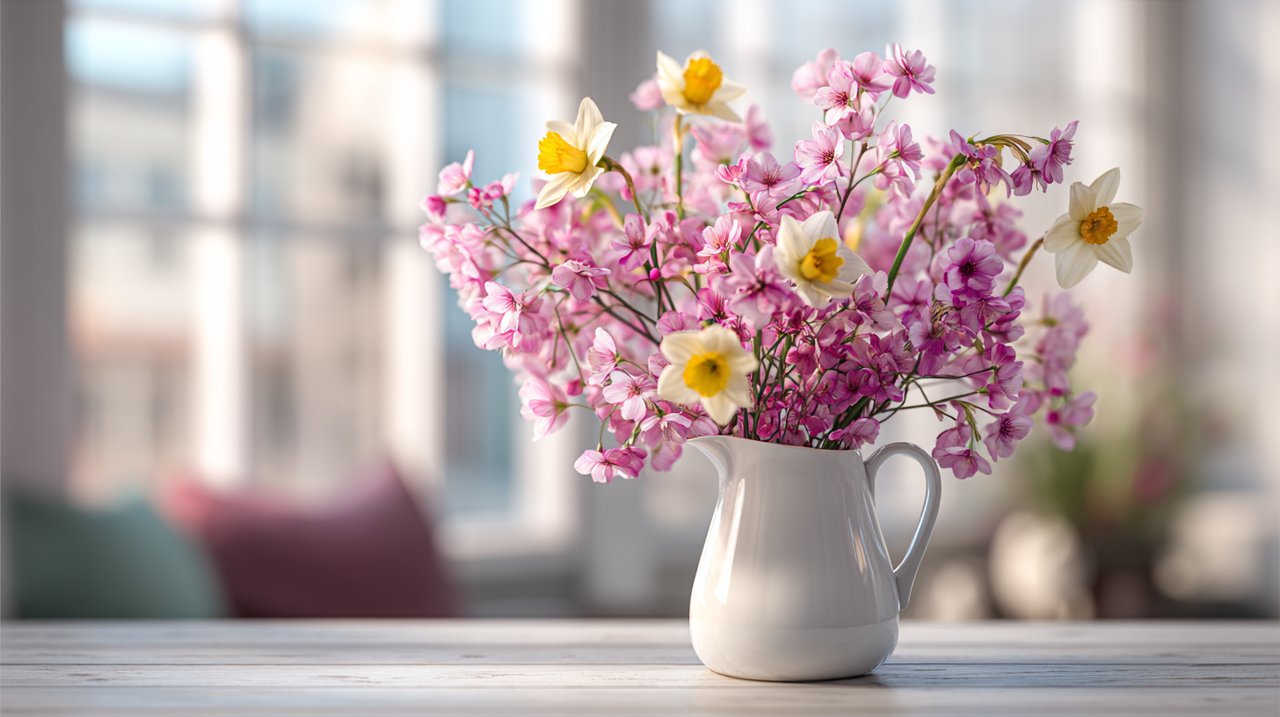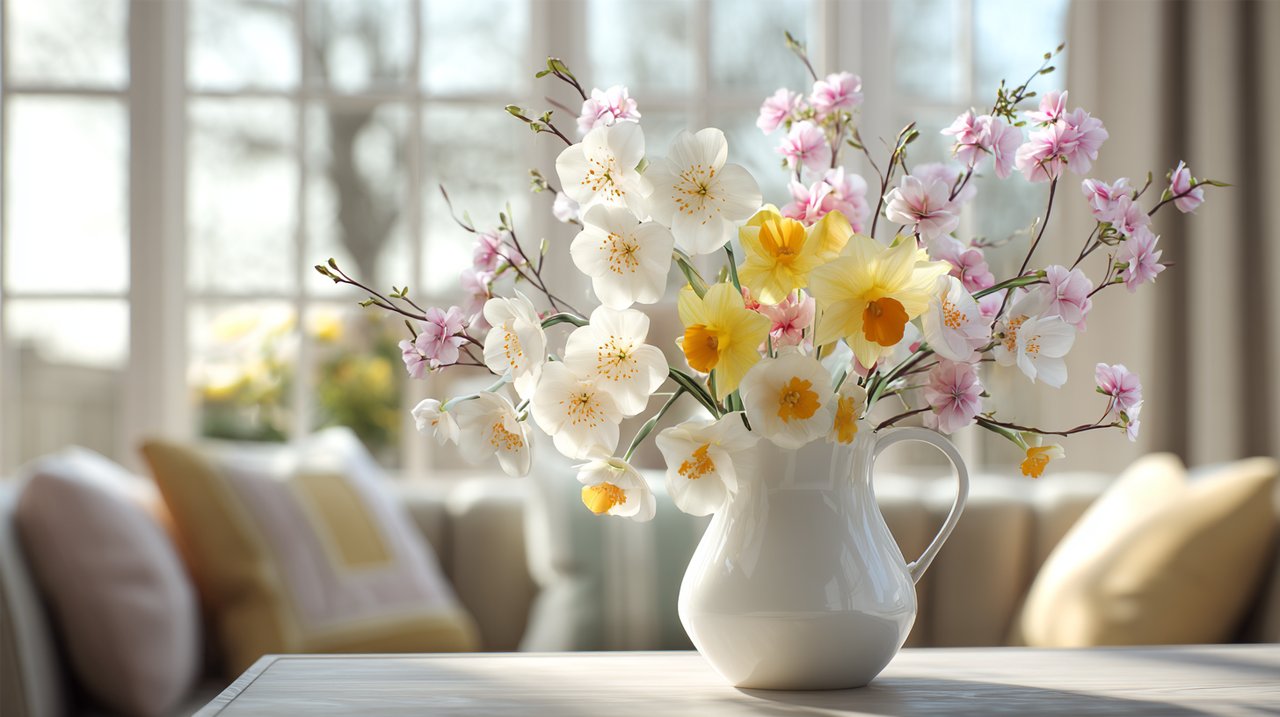When we look at flowers in Chinese culture, it’s clear they are far more than just pretty decorations. They are potent communicators, carrying layers of tradition, conveying specific wishes, and embodying deep cultural significance. Imagine each bloom as a word in a sophisticated, symbolic language, with meanings rooted in centuries of history. Our goal here is to help you understand and master this floral lexicon, so your choices resonate powerfully with the spirit of every Chinese holiday.
The Silent Language of Flowers (花语): Decoding Wishes and Blessings
At the core of selecting meaningful flowers in Chinese culture is 花语 (huāyǔ) – quite literally, "the silent language of flowers." This system goes far beyond simple beauty; it’s a sophisticated framework where each bloom carries distinct meanings, reflecting virtues, aspirations, and emotions. Mastering this language allows you to convey respect and heartfelt intentions without saying a word.
Consider these classic examples:
- The delicate plum blossom (梅花): This bloom symbolizes resilience and perseverance, famously defying winter’s chill.
- The noble orchid (兰花): Often associated with scholars, it represents integrity and refinement.
- The opulent peony (牡丹): Universally signifying prosperity, honor, and royalty, it’s a staple for grand celebrations.

‘A flower’s fragrance is its soul.’ – Chinese Proverb
Aligning Blooms with Holiday Themes
Just as each Chinese holiday has its own unique spirit and traditions, your floral choices should reflect these core themes. This isn’t just about appropriateness; it ensures your selections carry profound cultural meaning.
Let’s look at how specific flowers align with key celebrations:
- For the Spring Festival (Chinese New Year): Symbolizing renewal and new beginnings, flowers like plum blossoms, narcissus, or pussy willows are perfect. They herald spring’s arrival and promise prosperity.
- For the solemn Qingming Festival (Tomb-Sweeping Day): This occasion calls for remembrance and respect. White chrysanthemums or lilies are traditionally chosen to honor ancestors with dignity.
- For the Mid-Autumn Festival: A time for family reunion and completeness, this festival traditionally favors fragrant osmanthus and chrysanthemums, reflecting harvest and good fortune.

Before finalizing your choice, always consider the holiday’s underlying sentiment. This thoughtful approach ensures your flowers communicate exactly what you intend.
Mastering the Palette: Color Symbolism in Floral Choices
Beyond the specific type of flower, color itself plays a pivotal role in Chinese cultural symbolism. It can significantly amplify or subtly alter a bloom’s message, making careful color selection just as crucial as the flower choice.
Here’s a breakdown of key color meanings:
- Red: This is the most auspicious color, universally signifying joy, prosperity, and good luck. Red roses or peonies are perfect for festive occasions.
- Yellow or Gold: Traditionally, these colors represent royalty, wealth, and power, making them suitable for celebratory displays. However, be aware that yellow chrysanthemums can also be associated with funerals in some specific contexts, so context is key.
- White: While it symbolizes purity, white is predominantly linked with mourning and funerals. This generally makes it an unsuitable choice for joyful celebrations.
- Pink and Purple: These hues often convey romance, nobility, or spiritual depth, offering a more nuanced range of expressions.
A common pitfall is inadvertently using white flowers for a birthday or wedding, which can be seen as inauspicious. Always cross-reference the color’s meaning with the specific holiday’s tone to avoid miscommunication.
Beyond Aesthetics: Number & Presentation Etiquette
It’s not just about which flowers you choose, but also how they are chosen and presented. In Chinese culture, these details carry as much significance as the blooms themselves.
The Power of Numbers
Numerical symbolism is incredibly crucial. The quantity of flowers can send a powerful, often unspoken, message:
- Even numbers are generally favored, with eight (八, bā) being especially auspicious because it sounds similar to ‘prosperity’ (发, fā).
- Conversely, the number four (四, sì) should be strictly avoided, as it sounds like ‘death’ (死, sǐ).
Presentation Matters
Beyond numbers, the presentation of the flowers speaks volumes. Always ensure your flowers are fresh, vibrant, and thoughtfully arranged. Wilting blooms, for example, can unfortunately be interpreted as a sign of neglect or ill fortune.
While cut flowers are generally acceptable, gifting potted plants is often preferred for their longevity, symbolizing lasting wishes. A common mistake here is presenting a bouquet with an inauspicious number of stems or choosing flowers that are past their prime. Always aim for pristine condition and numerical mindfulness.

Regional Nuances & Modern Interpretations
It’s important to remember that Chinese culture is incredibly vast and diverse. This means that flower symbolism can exhibit regional variations and, like any living tradition, it continues to evolve with modern interpretations.
For example, a flower considered highly auspicious in southern China might carry a slightly different nuance in the north. The specific use of certain types of lilies can be a good illustration of this regional difference.
Furthermore, contemporary celebrations, such as the Qixi Festival (Chinese Valentine’s Day), often integrate ‘Western’ flowers like red roses. Though not traditionally Chinese, these blooms have been adopted for their universal romantic symbolism, becoming a cherished part of modern festivities. This blend of old and new truly reflects a dynamic cultural landscape.
So, how do you navigate this? A helpful strategy is to observe local customs directly. If you’re still unsure, opting for universally accepted traditional Chinese holiday flowers – those known for their broad positive symbolism – is always a safe bet. This thoughtful approach ensures your floral gestures are consistently well-received.
Ultimately, selecting flowers for Chinese holidays is more than just an aesthetic choice; it’s an art form deeply rooted in cultural respect and understanding.
By mastering the silent language of 花语, thoughtfully aligning your choices with specific holiday themes, appreciating the nuances of color and numerical symbolism, and acknowledging regional variations, you move beyond surface-level beauty. You actively participate in a centuries-old tradition, conveying heartfelt blessings and truly honoring the depth of Chinese culture with every carefully chosen bloom.
Now, with the insights from this guide, you are empowered to make choices that are not only visually stunning but also profoundly meaningful and culturally resonant. We hope this exploration has been insightful.
Which aspect of Chinese holiday flower symbolism do you find most fascinating or challenging to apply?
💡 Frequently Asked Questions
Flowers in Chinese culture are more than just beautiful decorations; they convey deep cultural meanings, traditions, and specific wishes, acting as a sophisticated symbolic language.
花语 (huāyǔ) means 'the silent language of flowers' in Chinese, representing a system where each type of flower carries distinct meanings related to virtues, aspirations, and emotions.
For the Spring Festival, flowers such as plum blossoms, narcissus, and pussy willows are ideal as they symbolize renewal and new beginnings.
Color plays a crucial role in floral symbolism; different colors can amplify or alter the message of the flowers, so choosing the right color is as important as selecting the flower type.
Common pitfalls include presenting an inauspicious number of flowers, using wilting blooms, or selecting colors that may carry negative meanings, such as white for joyful celebrations.

